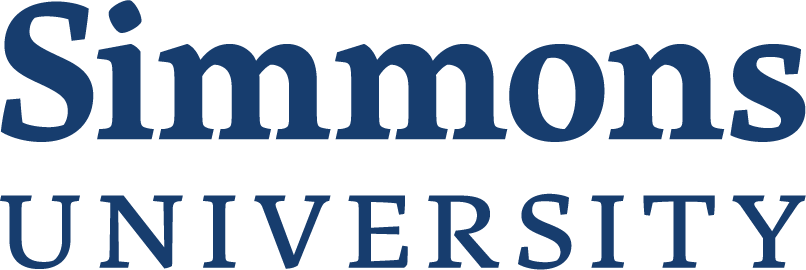Building Foundations
Posted October 3, 2015 by Amy Wilson
We are a few weeks into the semester, so it seems like a good time to reflect.
Making it Work
This is probably a good time to talk about my workload and plans for time management. I have chosen to take two classes each semester, and attend during each of the spring, fall, and summer terms. That should allow me to finish the required 36 credits (two 3-credit courses per semester) in two years (six semesters). I’m pacing myself this way because I also work 37.5 hours a week (9 to 5:30) at a law firm in downtown Boston, in the records management department. This semester, I am taking classes on Tuesday and Thursday evenings from 6-8:50pm, and my boss has agreed to let me leave at 5pm on those days so that I can make it to Simmons on time.
As the semester goes on, I will learn how to balance my homework and spread it out through the week. My professors also have listed the entire semester’s readings on their syllabuses, in case I want to get ahead. My strategy once the semester picks up will be to read during at least four of the five days at work, during my lunch break (four days, with about 45 minutes, gives me three hours easily). My commute between work and home right now is unfortunately a little hectic (I jump from a bus to a train and am usually standing) so I can’t do much work there; however, two nights a week I will be taking the train from Simmons to Lechmere, which gives me another hour to study.
Working remotely is essential, and I am hoping to minimize the amount of paper I use. My main tool for reading is my Amazon Kindle Fire 6. It fits in my hand and was only $80, so I feel comfortable taking it anywhere. I’ve downloaded .pdfs of all my readings, and sorted them into “collections.” My Kindle lets me read and highlight the .pdf, and I take handwritten notes in a notebook or type them into a Word document.
 Screenshot from my Kindle
Screenshot from my Kindle
 Boston Harbor – the view from Spectacle Island
Boston Harbor – the view from Spectacle Island

Class: Foundations
My Thursday class is one of the core requirements for all Library and Information Science Students at Simmons; it’s called LIS 401: Foundations in Library and Information Science. It’s heavy on theory but my professor, Laura Saunders, also assured us that there will be plenty of practical discussion as well.I can already tell that our discussions will be very lively, and that this is going to be my favorite class this semester. Our readings for the first week totaled 47 pages, and some weeks we will also have assignments due. Sometimes we will have to respond in the online discussion forums, and our first paper, “Transforming LIS,” was due September 24th.
Here is a snippet of this exciting article:
In short, LIS needs to embrace a “revolutionary multiculturalism” which McLaren (2003) defines as “a socialist-feminist multiculturalism that challenges the historically sedimented processes through which race, class, and gender identities are produced within capitalist society….[and is] dedicated to reconstituting the deep structures of political economy, culture, and power in contemporary social arrangements…[and] rebuilding the social order from the vantage point of the oppressed.’
I will definitely be re-reading this article, and will probably be thinking about it long after! Who would have thought that LIS could be so engaging?
